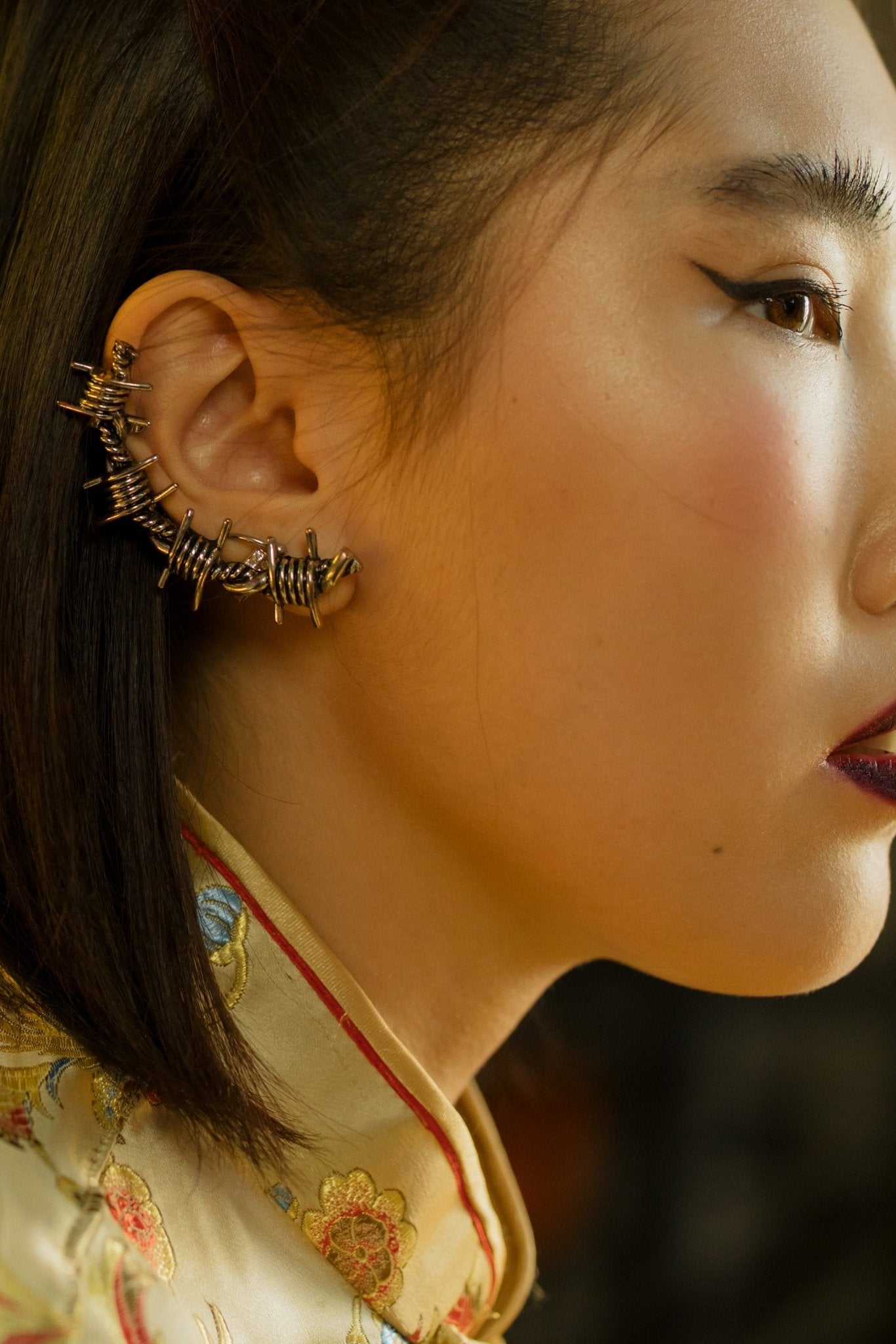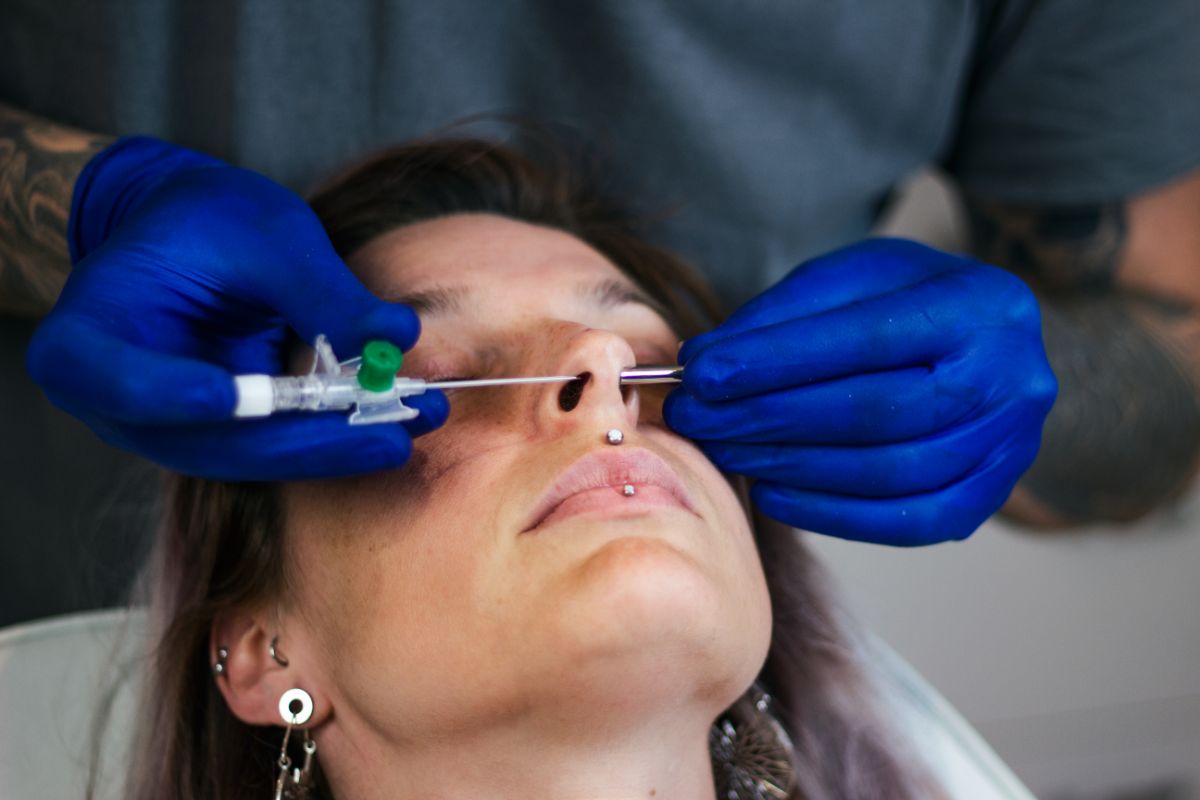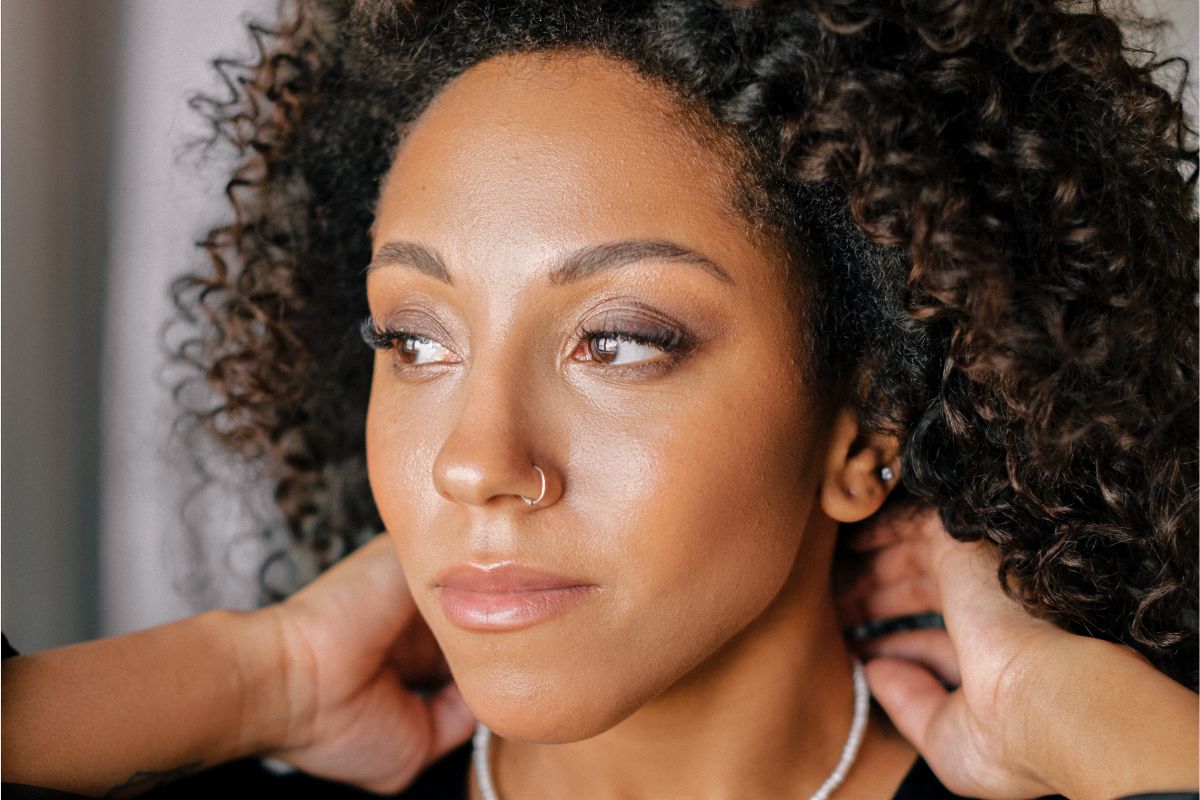One of the most common piercings is an ear piercing. Ear piercings are trendy, they're versatile, and they're a great form of artistic self-expression. They started gaining traction around the 1970s and became mainstream in the 1990s.
Lobe piercings are the ideal starters. However, there are other ear piercing types, such as outer ear piercings. One of these is known as the forward helix piercing.
A forward helix piercing is done on your ear's upper cartilage — the cartilage closest to the face. People love forward helix piercings because of how fashionable they look.
If you're thinking about getting your first helix piercing, read this short guide, so you'll know what you're getting yourself into.
Potential Health Benefits of Forward Helix Piercings
Piercings aren't just statement pieces. Certain types of piercings are also linked to potential health benefits through auriculotherapy, which can alleviate conditions like migraines, anxiety, inflammation, and more.

These potential health benefits are derived from the traditional Chinese approach to auriculotherapy, known as acupuncture, which is said to restore the natural flow of life energy or qi. In the West, Dr. Paul Nogier (1908-1996) developed specific ear acupuncture techniques and compiled extensive research on its effects.
Since a forward helix piercing is located at the frontmost side of the ear, closest to the face, it is said to alleviate muscle tension and improve blood circulation. It has also been claimed that stimulated blood flow from this type of piercing can reduce the visibility of wrinkles.
Pain Level and Healing Time
Like any cartilage piercing, the forward helix may hurt a little more than a lobe piercing because it goes through the bone. Generally, the pain is described as midrange. However, a few factors may affect this.
The first, naturally, is your pain tolerance. If you are familiar with getting your ears pierced, you are likely more prepared for the pain associated with a forward helix piercing. However, if you know you have low pain tolerance, you might be a bit more sensitive, given the piercing's proximity to the face.
Where you choose to get your ears pierced and who performs the piercing can also make a big difference. Ensure that the piercer you select uses properly sanitized needles. (Properly sanitized hands are crucial.)

Staff should know not to use guns when doing forward helix piercings. Moreover, connect with people who have had piercings done at the business you're considering, and verify that its employees are practicing the correct hygienic pre- and post-piercing procedures.
An experienced and licensed piercer will make the process smoother and be able to properly guide you through the aftercare procedure, making the healing process faster. Feel free to ask lots of questions. An experienced piercer will be willing to answer them. Create a list of questions if you need to.
Since a forward helix piercing is a cartilage piercing, it may be more prone to infections, especially if unsanitary processes are followed.
If done correctly, the healing process for a forward helix piercing is generally around 4-6 months. As it heals, and if there are no irritations, you may have the jewelry downsized.
Conclusion
Forward helix piercings look stylish but keep in mind that they are open wounds. And, just like any other piercing, proper care is needed to ensure the healing process is smoother and faster.
The proper aftercare can help. Check out Dr. Piercing's Aftercare Medicated Spray. It's a 3-in-1 antimicrobial, antiseptic, and analgesic piercing spray developed to make aftercare easier.





